The Weight of Things: Damien Hirst curates his retrospective in Munich
The Weight of Things, at The Museum of Urban and Contemporary Art, Munich (MUCA), was curated by Hirst himself and comprises work spanning four decades
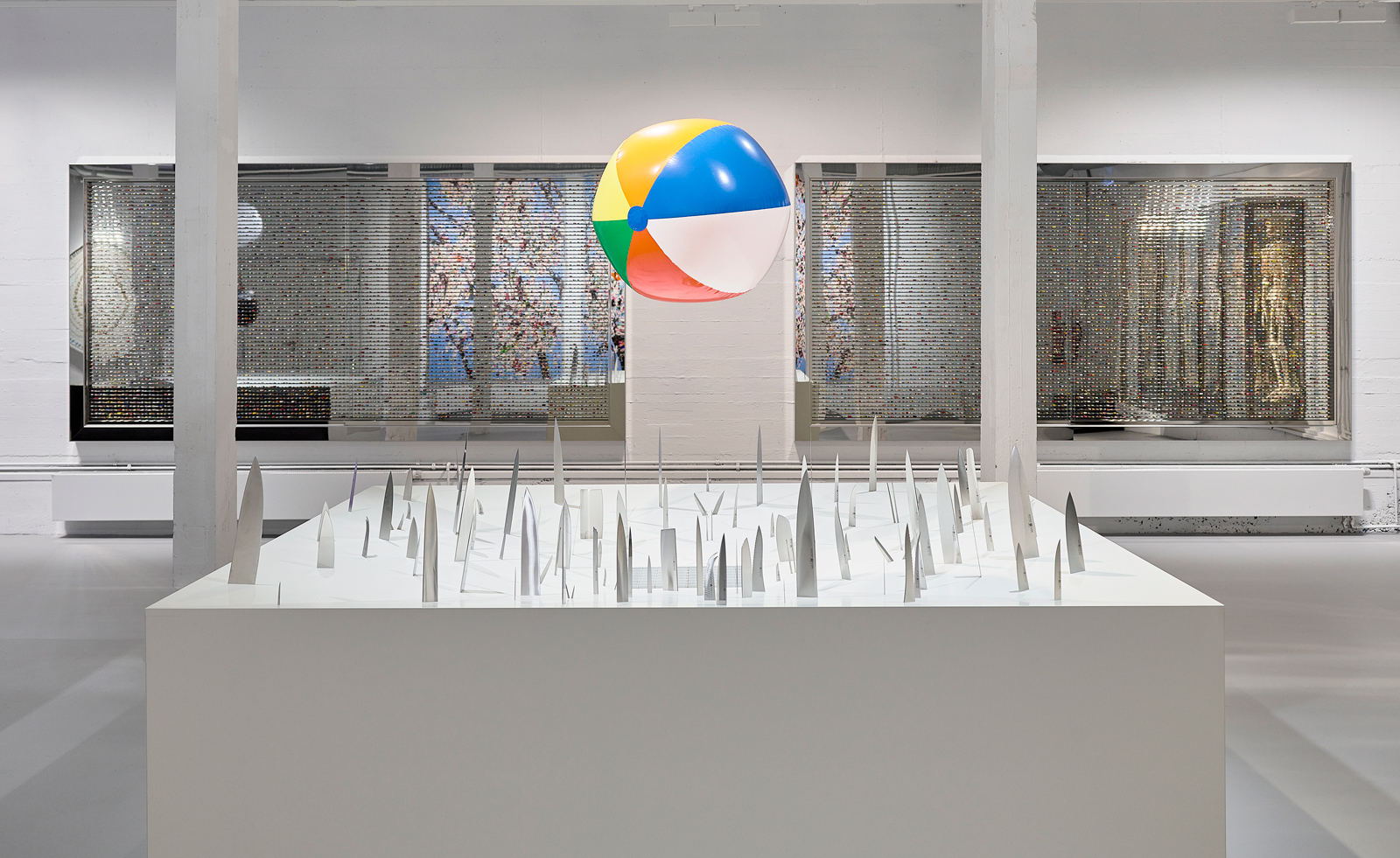
Is Damien Hirst the most famous British artist of our time? He might be. You might have seen his Tate retrospective in 2012, or End of a Century at his own Newport Street Gallery in 2021, but given Hirst’s fame and reach, retrospective or survey shows are relatively rare. Given his prolific output, it can be easy to forget to look back at his early work.
Emerging from the late 80s, a time marked politically by greed and a wide gap between the rich and poor in the UK, was what became the Young British Artist movement, in part born out of the iconic 1988 ‘Freeze’ exhibition. Hirst has always been concerned with both death and fear, and these themes run through his art. They manifest as a focus on pharma, self-destruction, anxiety and decay, with a side of mass artistic production and - most recently - the accessibility of projects like The Currency, which saw Hirst make, sell and destroy a huge number of works which were sold at a much lower price point than the artists’ other works.
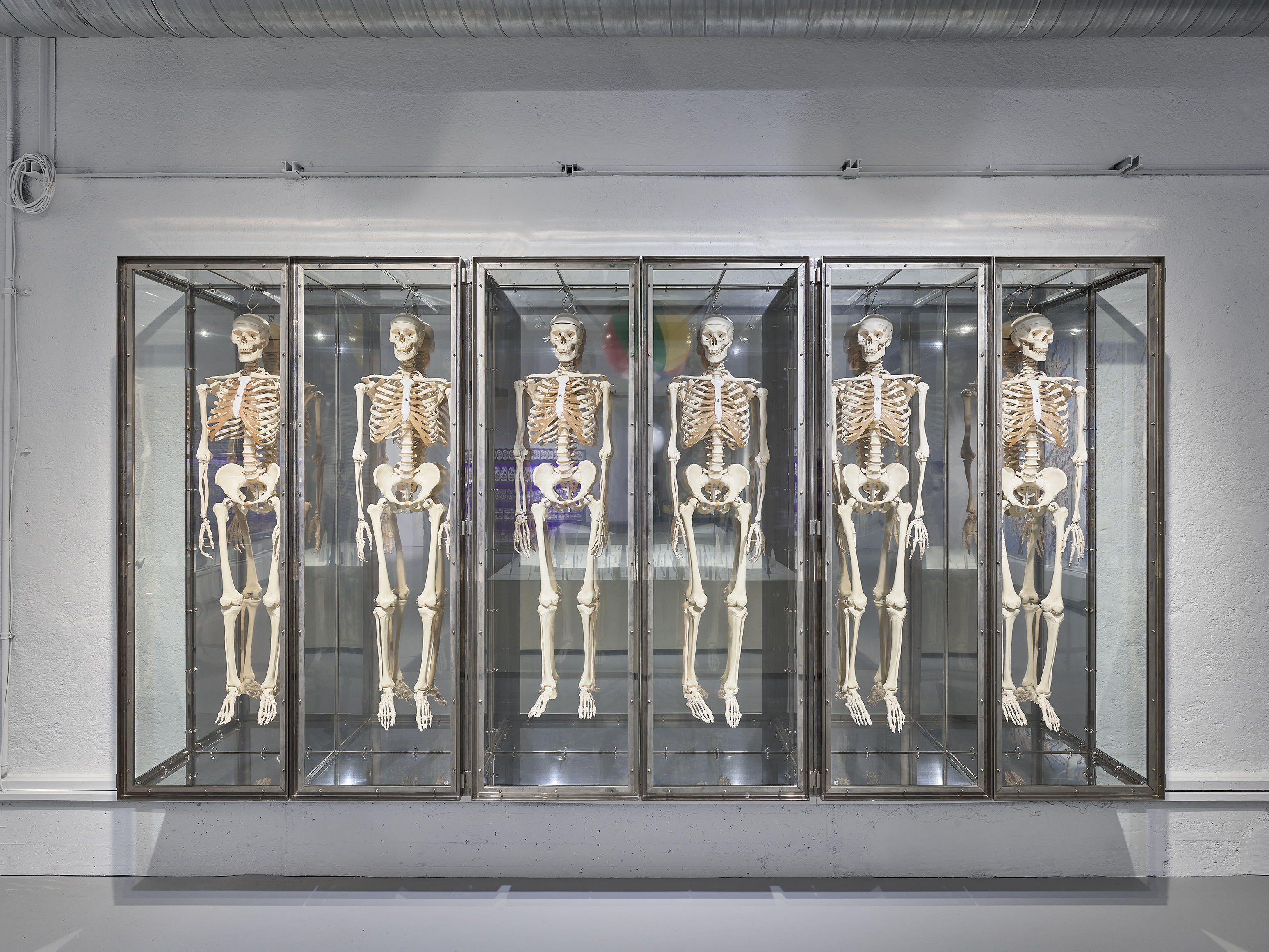
Installation View, Damien Hirst: The Weight of Things at the Museum of Urban and Contemporary Art (MUCA), 2023. Photographed by Prudence Cuming Associates Ltd
The Weight of Things, at The Museum of Urban and Contemporary Art, Munich (MUCA), was curated by Hirst himself and comprises work spanning four decades. Casting back to the early 1990’s, the UK was in recession and coming to the fore was a generation of British artists, gallerists and curators who would alter the art scene in the UK forever and birth a scene which has sent ripples around the world. Hirst, with Sarah Lucas and Tracey Emin, shocked with his work through its directness in addressing the unsayable and the fear that surrounds our relationship with death. These days key contemporaries of Hirst, and the artist himself, headline shows at the world’s most prestigious museums and events.
‘When Logics Die’, 1991, which features a photograph of a suicide alongside a table set with medical grade implements and cleaning products, is still a very shocking work and one rarely discussed when speaking about Hirst’s work. You could say he has gradually mellowed over subsequent decades of his career as his focus moved from the actuality of death to the nihilism of smoking in ‘Forgotten Dead’, 1997 a supersize ashtray filled with real, smoked cigarette butts.
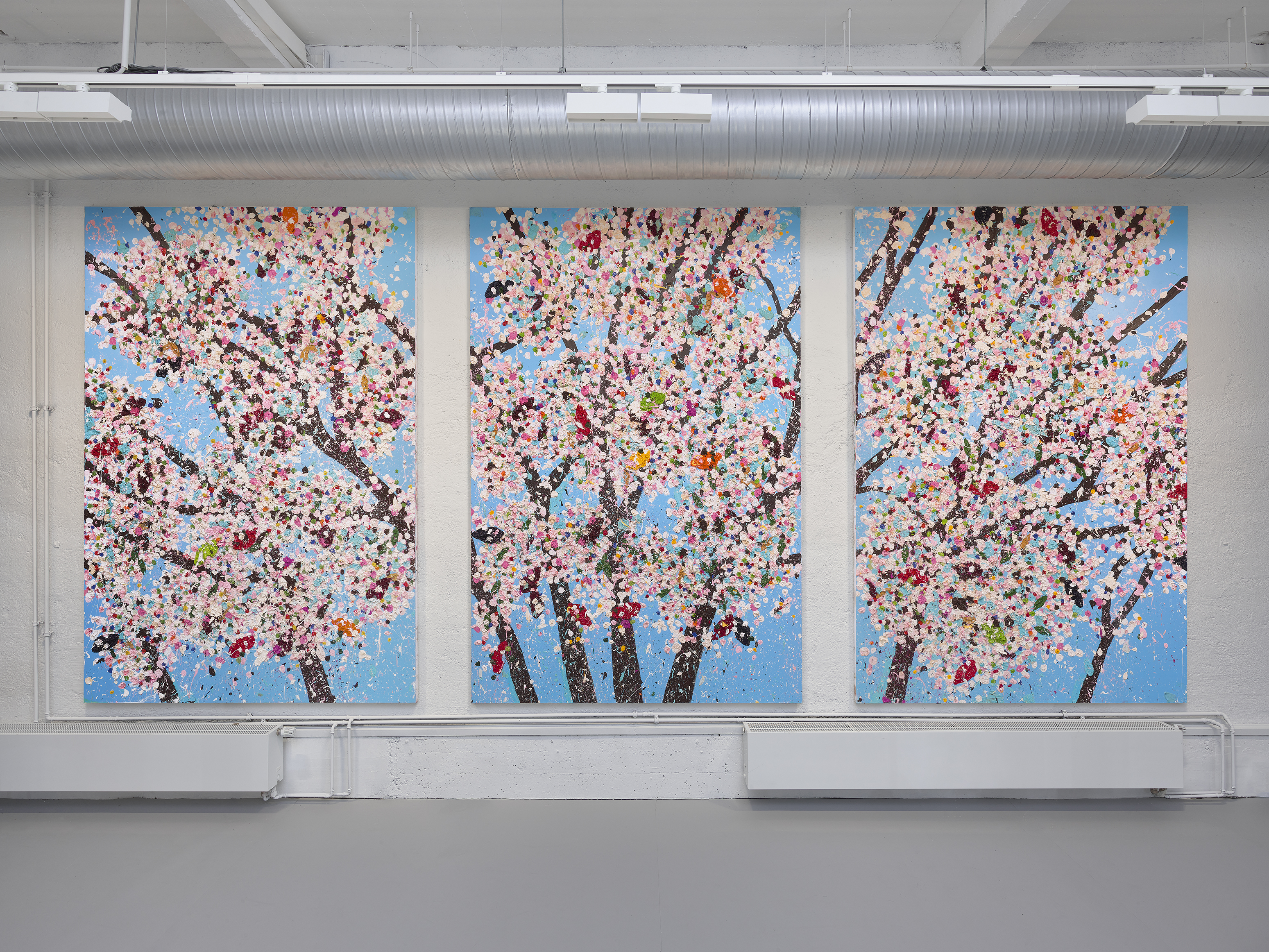
Installation View, Damien Hirst: The Weight of Things at the Museum of Urban and Contemporary Art (MUCA), 2023. Photographed by Prudence Cuming Associates Ltd
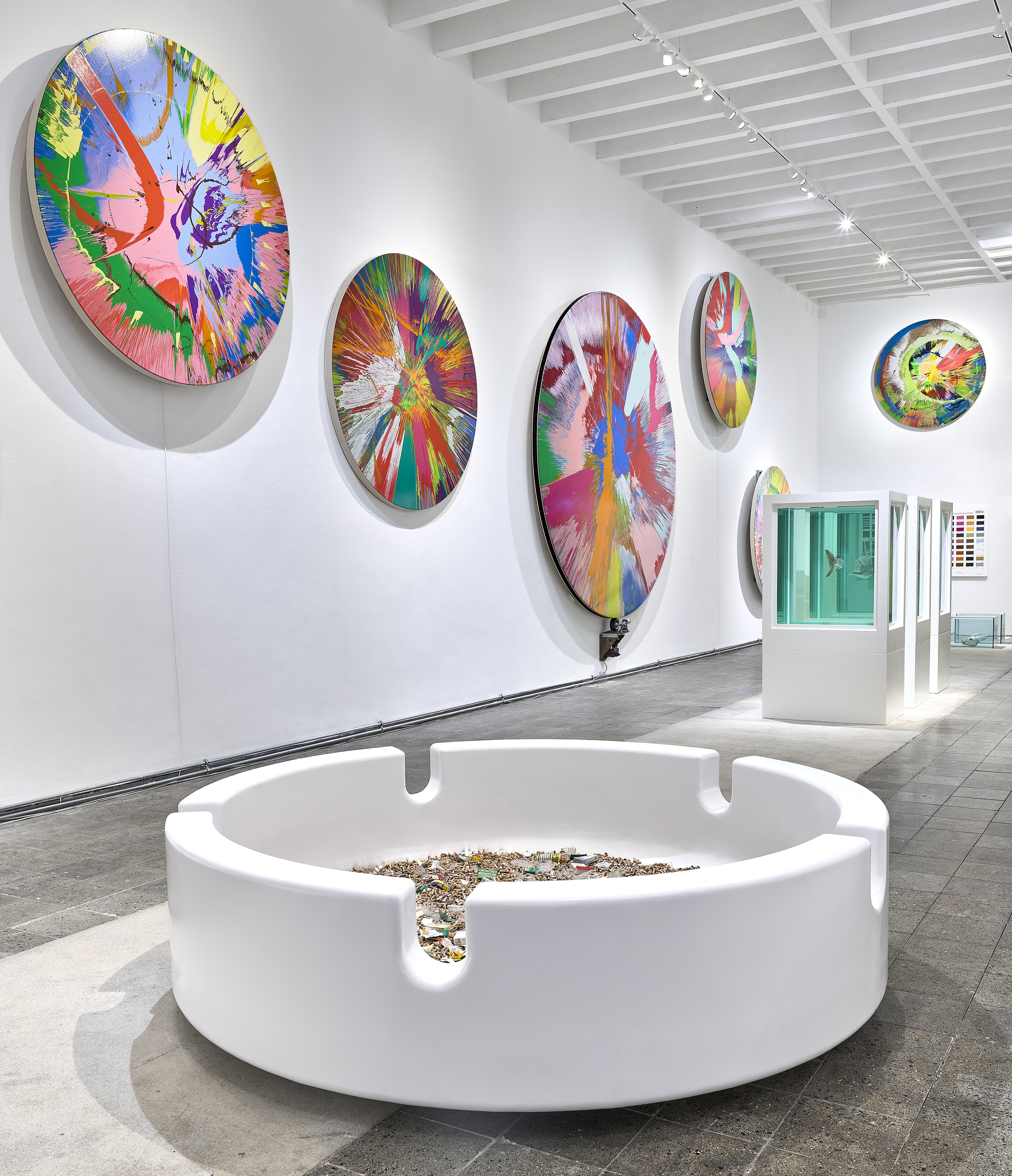
Installation View, Damien Hirst: The Weight of Things at the Museum of Urban and Contemporary Art (MUCA), 2023. Photographed by Prudence Cuming Associates Ltd
There are many works from the ‘Natural History’ series, including perhaps his most famous, where Hirst placed dead animals into clear tanks of formaldehyde. The shock factor of these works just doesn’t fade as, no matter your feelings on them, they force us to confront our own mortality. These works, as with most of the work Hirst makes, goes to the heart of things. There really is nothing like them.
Alongside a series of impossibly named spin paintings, including ‘School - The Excellence of Every Art Must Consist in the Complete Accomplishment of its Purpose’, 2006, we see lesser-known works, selected and positioned by Hirst. The juxtaposition of the horror-laced dark humour of ‘Jeepster’, 1993 a recreation of a severed cow's head and Fear of Death (Full Skull), 2007, a human skull covered in dead flies, with spot painting ‘Pargyline’, 2005 – a hypertension medication – and the iconic ‘Nothing Matters’, 1997 a cabinet filled with medicine is dizzying. There is an inescapable bleakness Hirst’s early works and, despite ourselves, a humour.
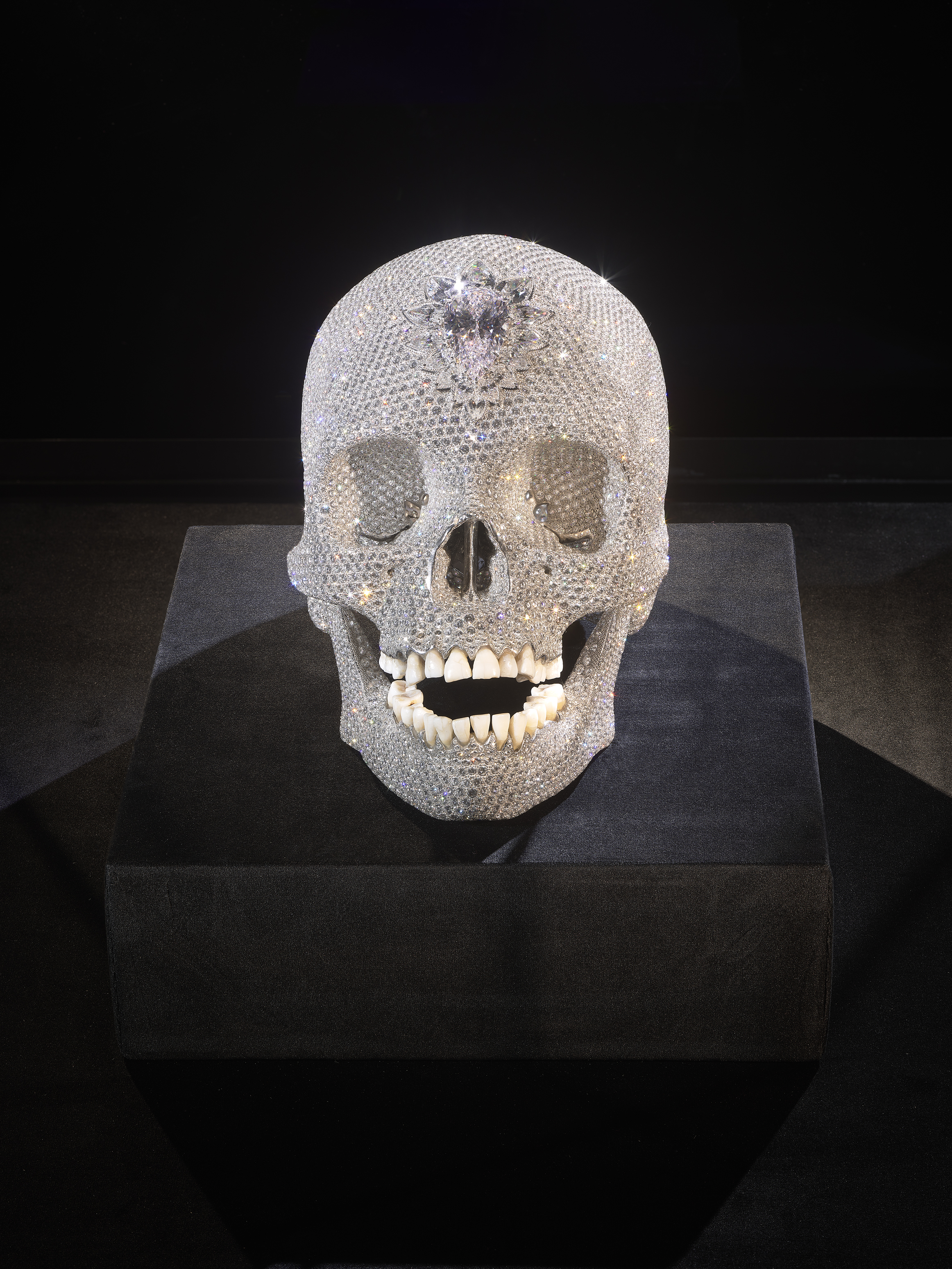
Installation View, Damien Hirst: The Weight of Things at the Museum of Urban and Contemporary Art (MUCA), 2023. Photographed by Prudence Cuming Associates Ltd
There is a shift around the time of ‘For the Love of God’ made in 2007, a human skull paved with diamonds, with one huge stone at the pineal eye which we see, alone in a wartime bunker, adjacent to the museum, while we also see work exploring the darker side of humanity such as ‘The Fragility of Love’, 2000, in which a beach ball hovers above a sea of knives. Hirst has selected butterfly works and several pieces from his smash hit Venice show of 2017, ‘Treasures from the Wreck of the Unbelievable’, including perhaps his most direct confronting of his own death: a self-portrait in sculpture, ‘Bust of the Collector’, 2016, in which we see a Roman-esque bust of Hirst covered with coral.
Wallpaper* Newsletter
Receive our daily digest of inspiration, escapism and design stories from around the world direct to your inbox.
There is something unflinching about Damien Hirst, and this is what we see in this show. He may have mellowed over the years, but his desire to push the boundaries, whether through large numbers of prints distributed through HENI, or burning 1,000 works of art in his project The Currency, show he is hell bent on going against the grain.
The Weight of Things is on at the Museum of Urban and Contemporary Art (MUCA), Munich, from 26 October 2023 until end of January 2024
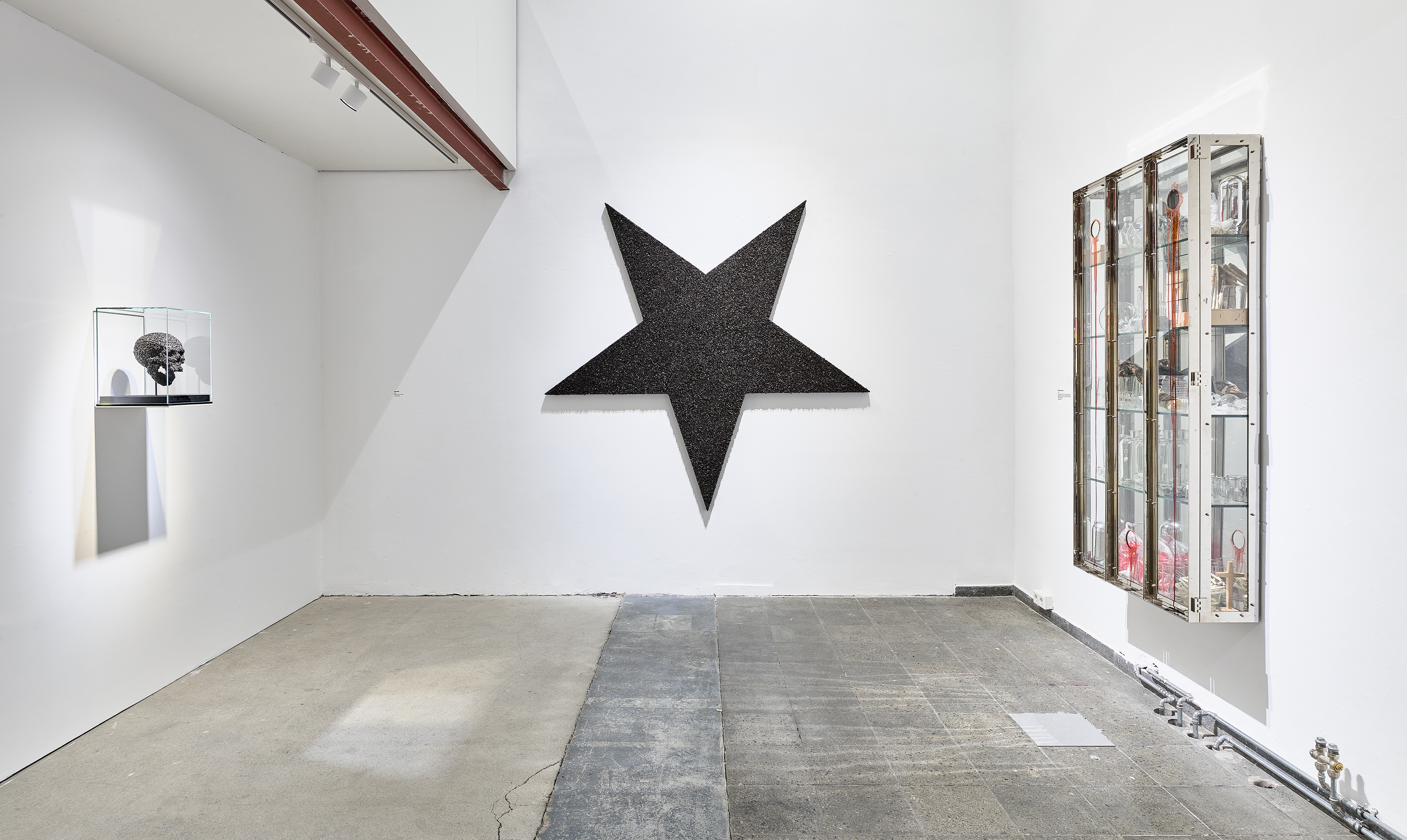
Installation View, Damien Hirst: The Weight of Things at the Museum of Urban and Contemporary Art (MUCA), 2023. Photographed by Prudence Cuming Associates Ltd
Amah-Rose Abrams is a British writer, editor and broadcaster covering arts and culture based in London. In her decade plus career she has covered and broken arts stories all over the world and has interviewed artists including Marina Abramovic, Nan Goldin, Ai Weiwei, Lubaina Himid and Herzog & de Meuron. She has also worked in content strategy and production.
-
 Kapwani Kiwanga transforms Kvadrat’s Milan showroom with a prismatic textile made from ocean waste
Kapwani Kiwanga transforms Kvadrat’s Milan showroom with a prismatic textile made from ocean wasteThe Canada-born artist draws on iridescence in nature to create a dual-toned textile made from ocean-bound plastic
By Ali Morris
-
 This new Vondom outdoor furniture is a breath of fresh air
This new Vondom outdoor furniture is a breath of fresh airDesigned by architect Jean-Marie Massaud, the ‘Pasadena’ collection takes elegance and comfort outdoors
By Simon Mills
-
 Eight designers to know from Rossana Orlandi Gallery’s Milan Design Week 2025 exhibition
Eight designers to know from Rossana Orlandi Gallery’s Milan Design Week 2025 exhibitionWallpaper’s highlights from the mega-exhibition at Rossana Orlandi Gallery include some of the most compelling names in design today
By Anna Solomon
-
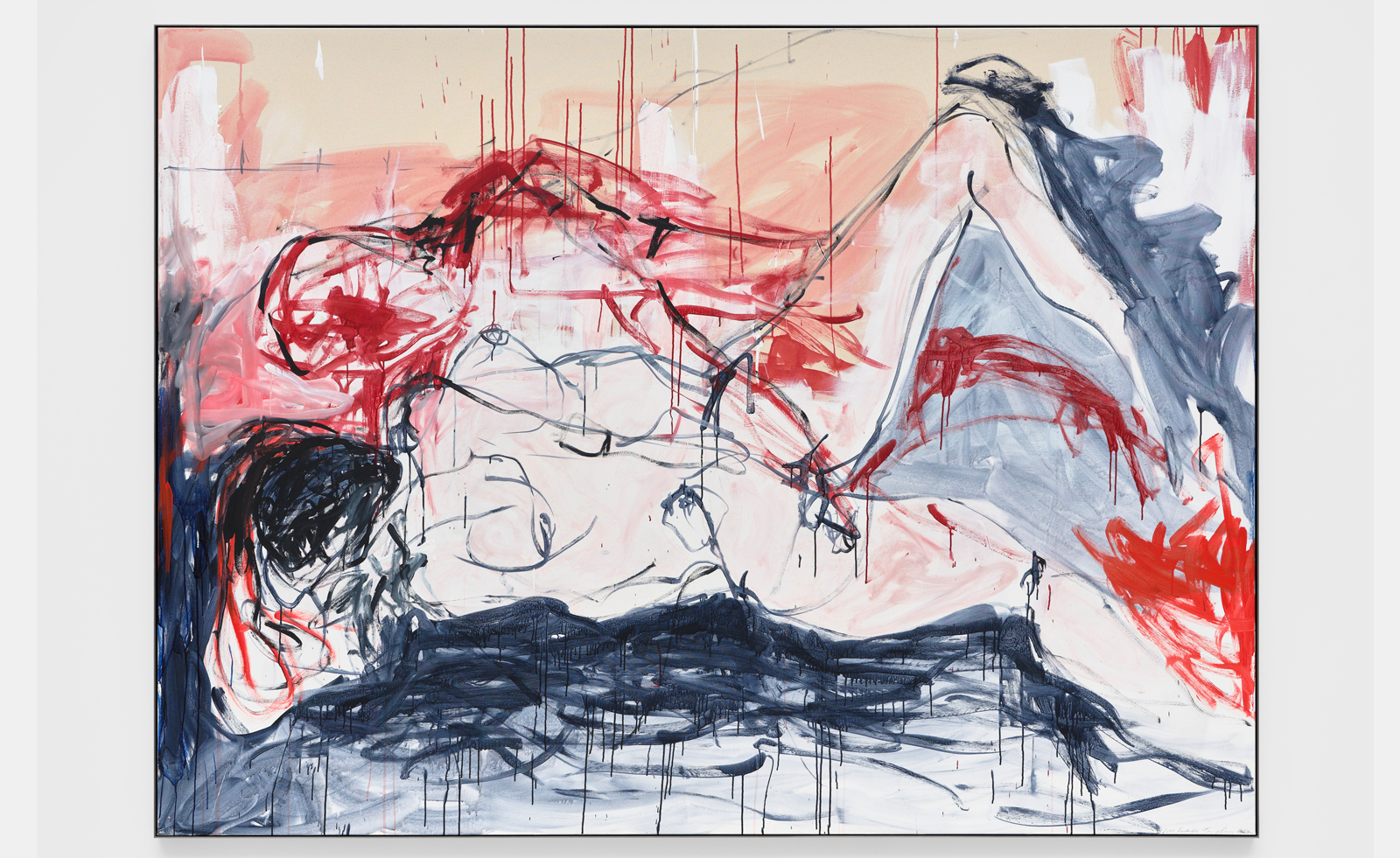 ‘This blood that is flowing is my blood, and that should be a positive thing’: Tracey Emin at White Cube
‘This blood that is flowing is my blood, and that should be a positive thing’: Tracey Emin at White CubeTracey Emin’s exhibition ‘I followed you to the end’ has opened at White Cube Bermondsey in London, and traces the artist’s journey through loss
By Hannah Silver
-
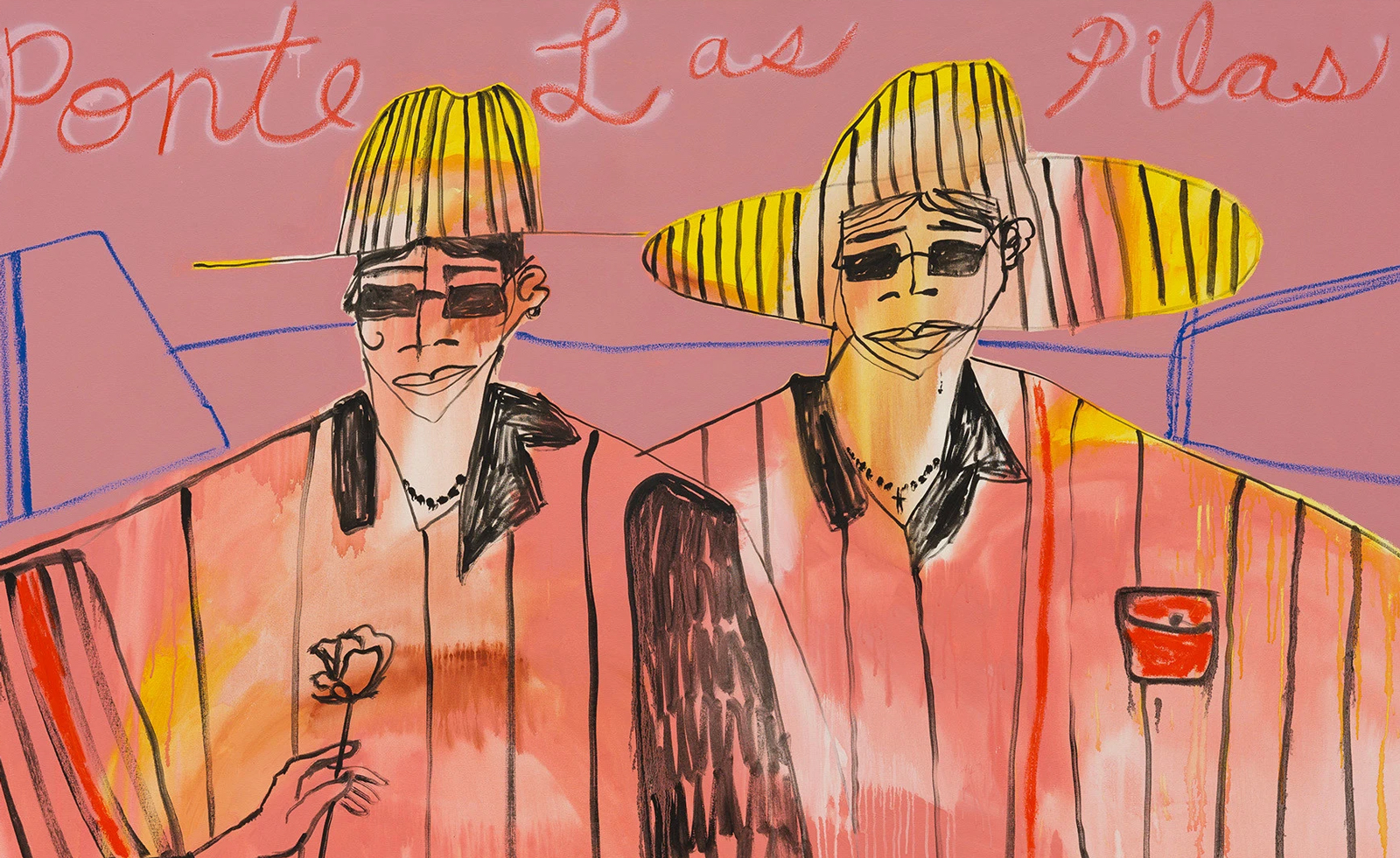 Studio Lenca nods to Salvadorian heritage with riot of colour in Margate
Studio Lenca nods to Salvadorian heritage with riot of colour in MargateStudio Lenca considers boundaries in ‘Leave to Remain’ at Carl Freedman Gallery in Margate
By Emily Steer
-
 Politics, protest and potential: the Barbican explores the power of textiles in art
Politics, protest and potential: the Barbican explores the power of textiles in artUnravel: The Power and Politics of Textiles in Art’ at the Barbican Centre in London explores how far the medium has evolved in the last sixty years
By Emily Steer
-
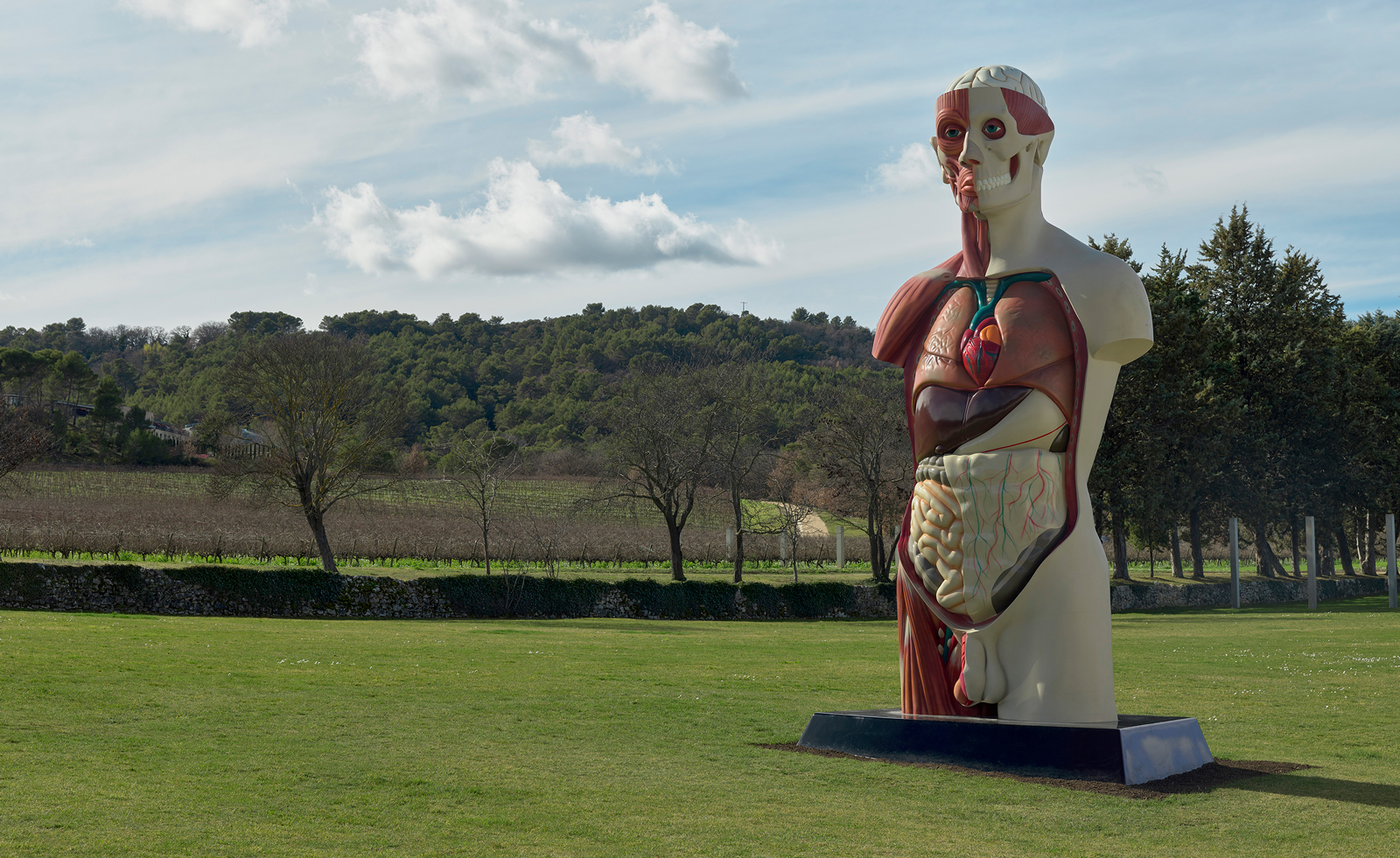 Damien Hirst takes over Château La Coste
Damien Hirst takes over Château La CosteDamien Hirst’s ‘The Light That Shines’ at Château La Coste includes new and existing work, and takes over the entire 500-acre estate in Provence
By Hannah Silver
-
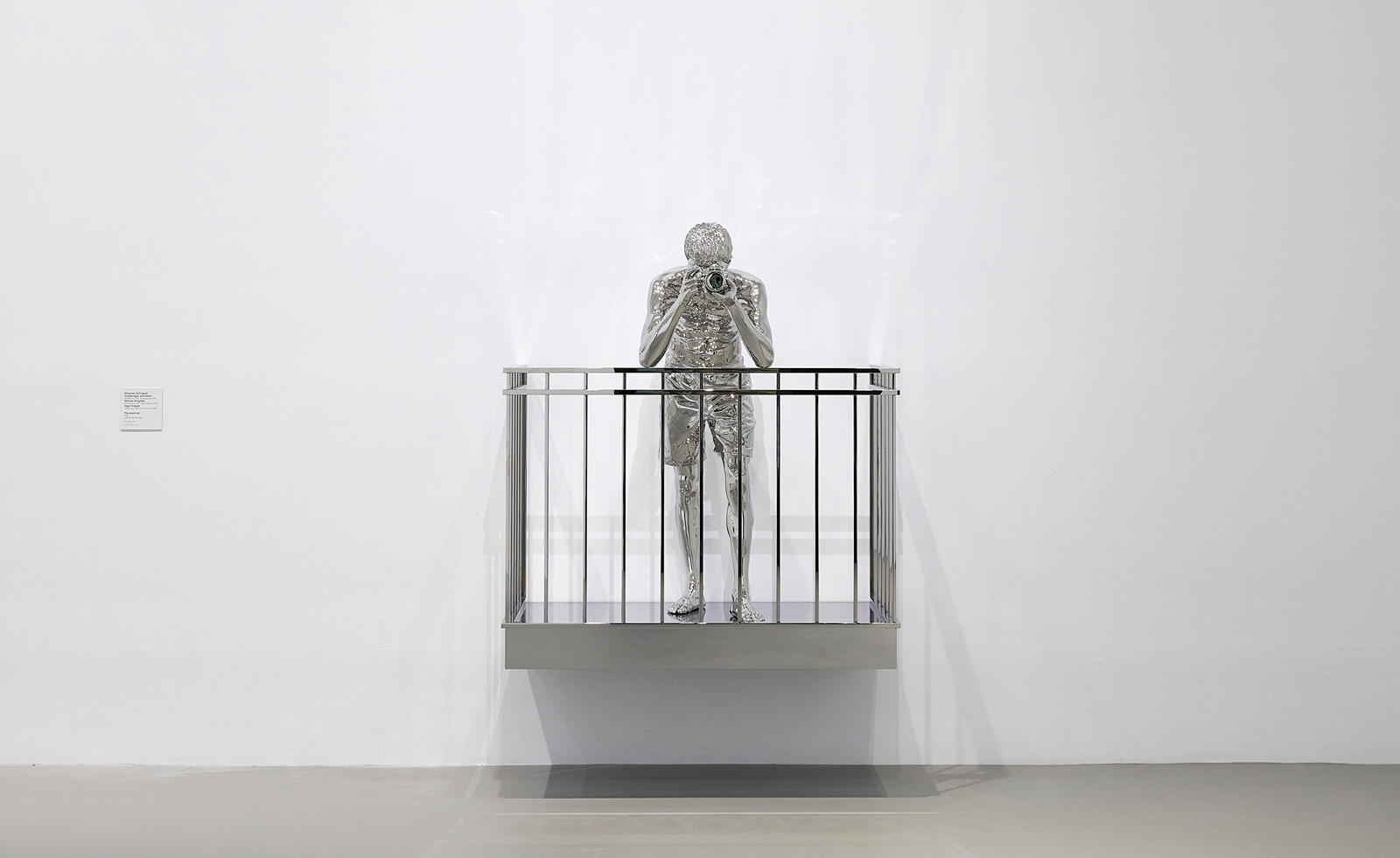 At Melbourne’s NGV Triennial 2023, artists consider magic, matter and memory
At Melbourne’s NGV Triennial 2023, artists consider magic, matter and memoryMelbourne’s NGV has opened its third triennial, uniting art, design and architecture from around the world
By Elias Redstone
-
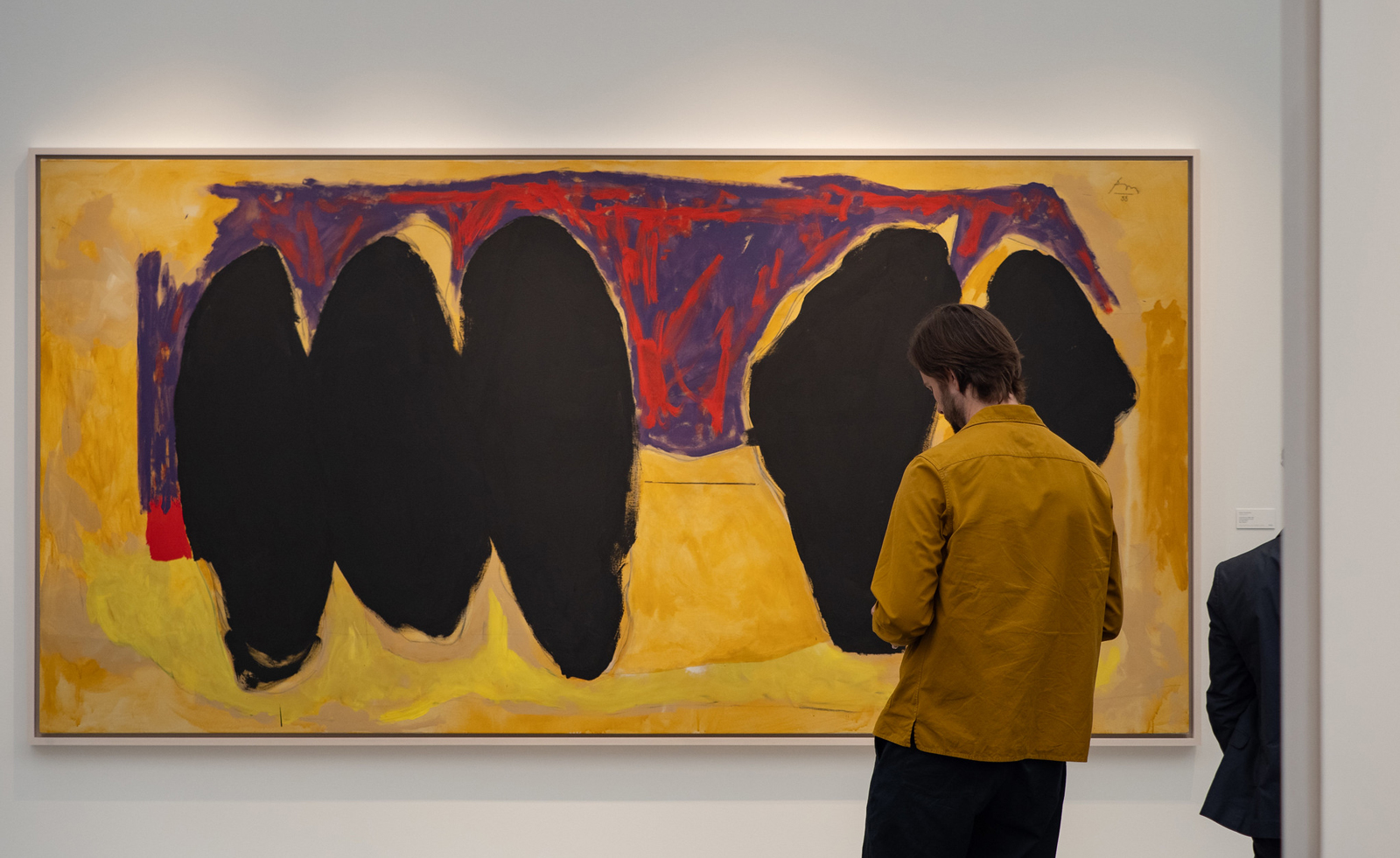 Frieze London 2023: what to see and do
Frieze London 2023: what to see and doEverything you want to see at Frieze London 2023 and around the city in our frequently updated guide
By Hannah Silver
-
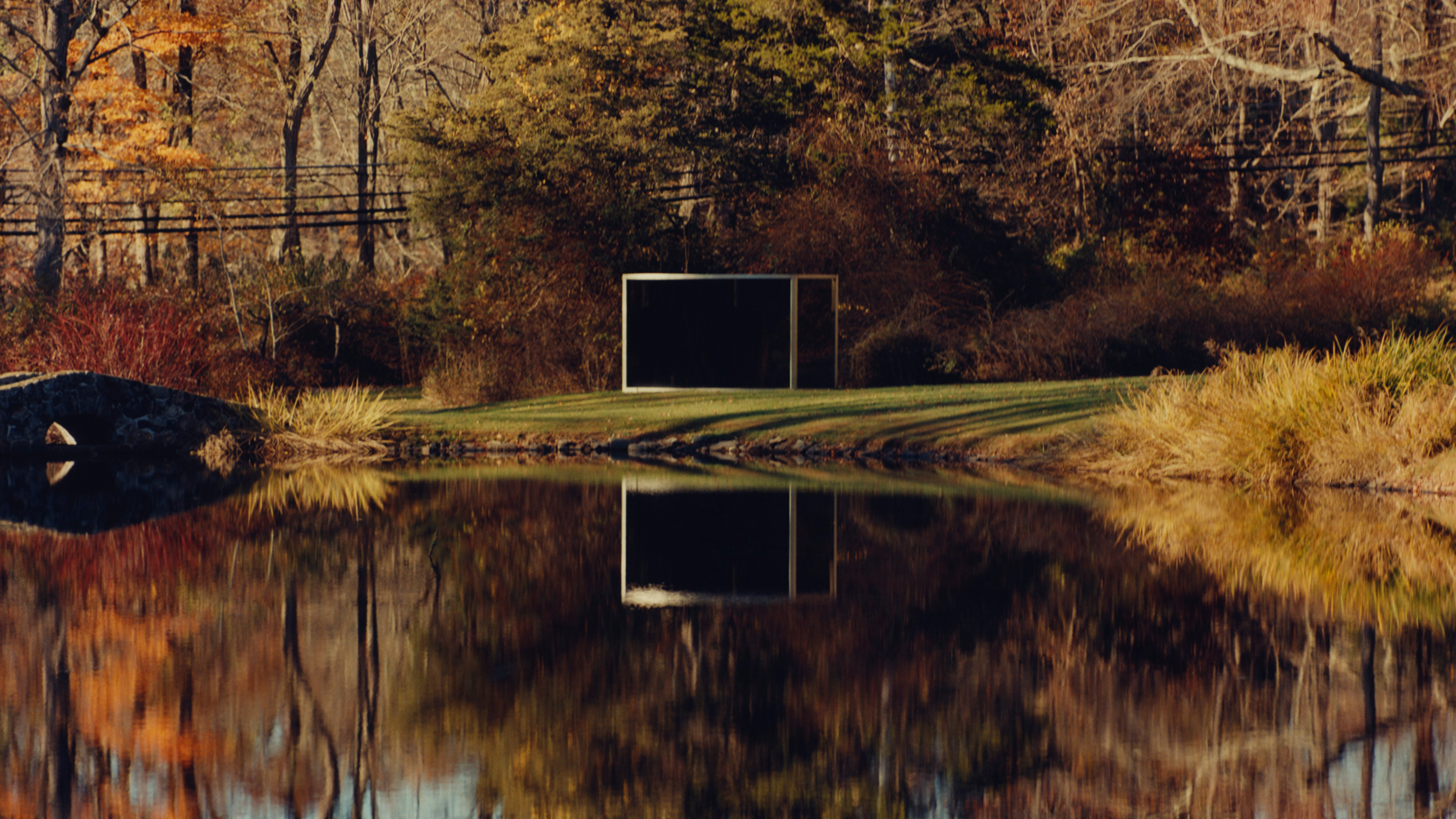 Buckhorn Sculpture Park: inside the art paradise dreamt up by collectors Sherry and Joel Mallin
Buckhorn Sculpture Park: inside the art paradise dreamt up by collectors Sherry and Joel MallinAs legendary art collectors Sherry and Joel Mallin prepare to sell their upstate New York home – and the star-studded collection occupying Buckhorn, its onsite sculpture park – we go behind the scenes of this art treasure trove, and the extraordinary life, work and spirit of the Mallins
By MZ Adnan
-
 Damien Hirst’s art goes up in flames at ‘Burn Event’
Damien Hirst’s art goes up in flames at ‘Burn Event’In a flame-filled performance for the final stage of The Currency, Damien Hirst’s ‘Burn Event’ sees the artist set his paper artworks on fire before minting the process as a series of NFTs
By Martha Elliott